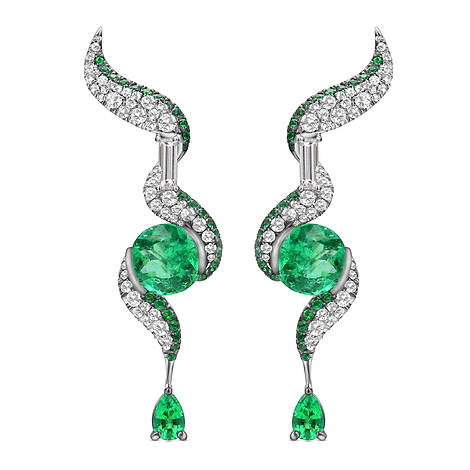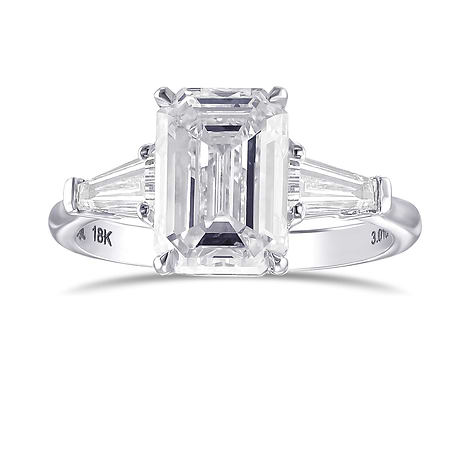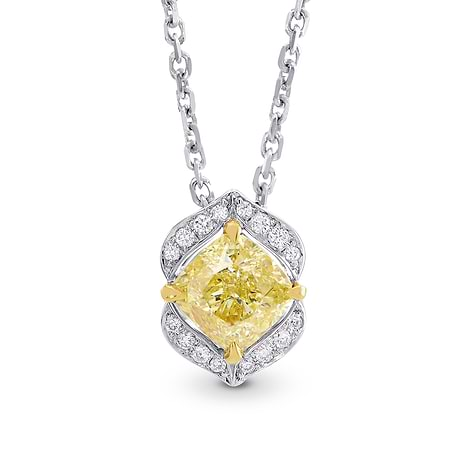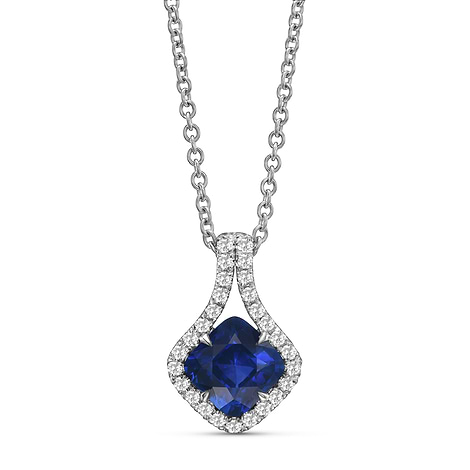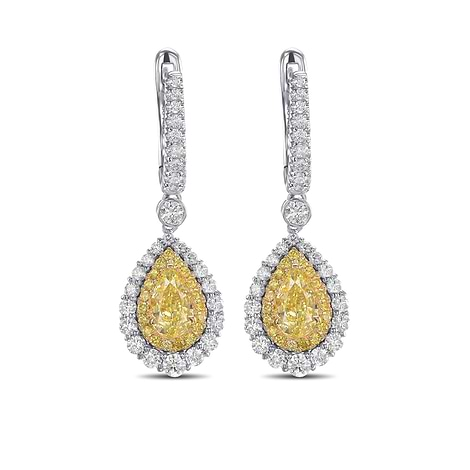Designing jewelry is similar to painting a masterpiece - the paint and canvas only come to life with the stroke of a master.
A great jewelry designer releases the spirit hidden in the stones. The effect is much more powerful then when the items are set individually, as the masterpiece is much greater than the sum of its parts. This is not only the case with fancy color diamonds but also when precious and semi-precious stones are used together.
The classical example of this, and my most admired piece of jewelry, is the Tutti Frutti bracelet by Cartier.

LEIBISH 2014 JCK Jewelers’ Choice award winner for Jewelry Design, the multicolor bracelet containing 54 carats of rose cut diamonds
The combination of materials and colors of both bracelets is mesmerizing.

Chavi and Omna working on a new line of jewelry
The Duchess of Windsor’s famous Flamingo Brooch was sold for £1.7 million in 2010. The rubies and sapphires Cartier used were provided by the Duchess of Windsor. The stones in fact have a marginal value of only a few thousand dollars - however, the item was sold for nearly $2.5 million!
Many of Cartier’s masterpieces were designed by Toussaint.
What makes the value of a piece of jewelry so much higher that the stones and gold used to create it?
Obviously if a necklace belonged to Elizabeth Taylor or a ring was given as an engagement ring to Grace Kelly, it adds to its value dramatically.
When the Cartier brand name is paired with that of the Duchess of Windsor it lifts the value of the jewelry impressively. But that is not the only reason that people are willing to pay such a high price. The fact is that the stroke of a master breathes life into the stones. An exceptional piece of jewelry tells a story and releases the spirit of the stones to captivate the audience.
The Flamingo Brooch is telling the story of the twice-divorced American lady, Wallis Simpson, who was colorful and boisterous, standing out from the crowd like a flamingo.
The first "Panther" motif integrated in jewelry was in 1914. It was no more than simple onyx spots. However, just three years later it had grown into a complete animal - a wild, powerful, yet graceful cat. Louis Cartier put it on a vanity case designed for an inspiring woman he had just met, Jeanne Toussaint. She became a close colleague and, with her love of flowers and animals, she significantly developed the panther theme at Cartier. Now beautifully expressed in three dimensions, the panther enchanted leading clients like the Duchess of Windsor. It became the emblem of Cartier.
This onyx-and-diamond bracelet designed, with the Duke’s encouragement, in the form of a panther by Jeanne Toussaint for Cartier in 1952. It fetched £4.5 million with fees at auction in 2010.
LEIBISH designer, Chavi Itzhakov, uses a pastel color combination of green and pink diamonds.
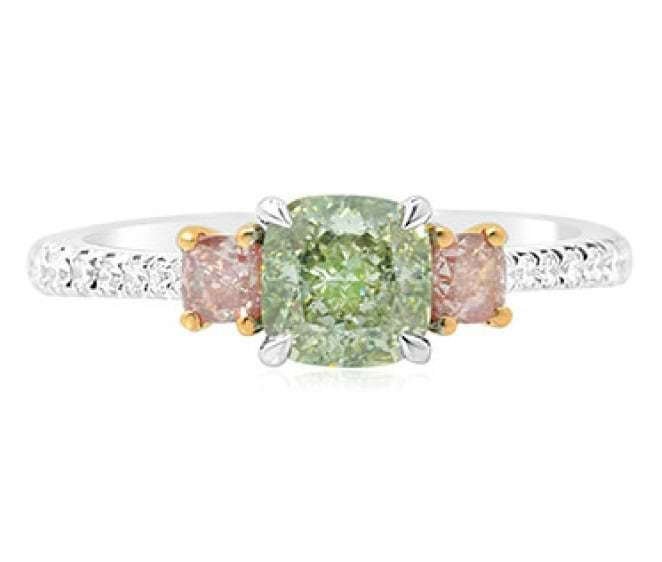

A couple of Chavi's pastel designs
Just recently, a jewelry designer named Omna joined our team and started to design fabulous jewelry pieces with us! She uses fancy color diamonds combined with precious stones for a breathtaking combination of style, color, artistry. Here are just a few of the designs that she has conceptualized thus far:



What do you think of our new designs?

Best regards,
Leibish Polnauer, President and Founder of LEIBISH Fancy Color Diamonds
